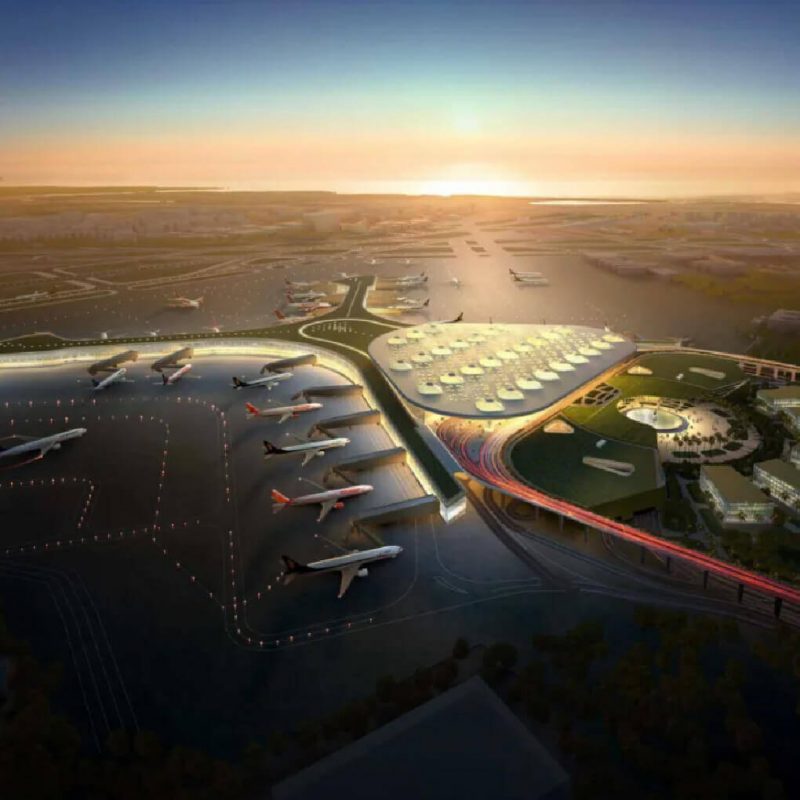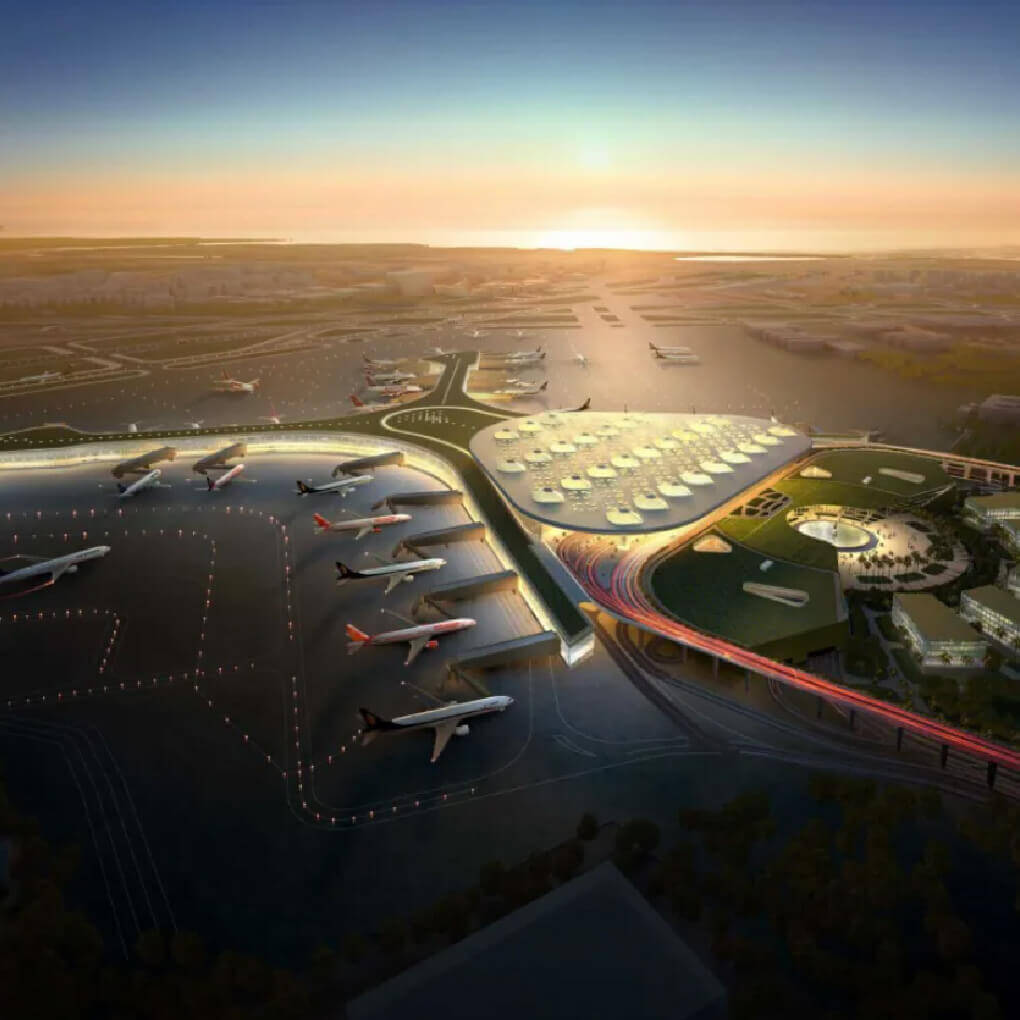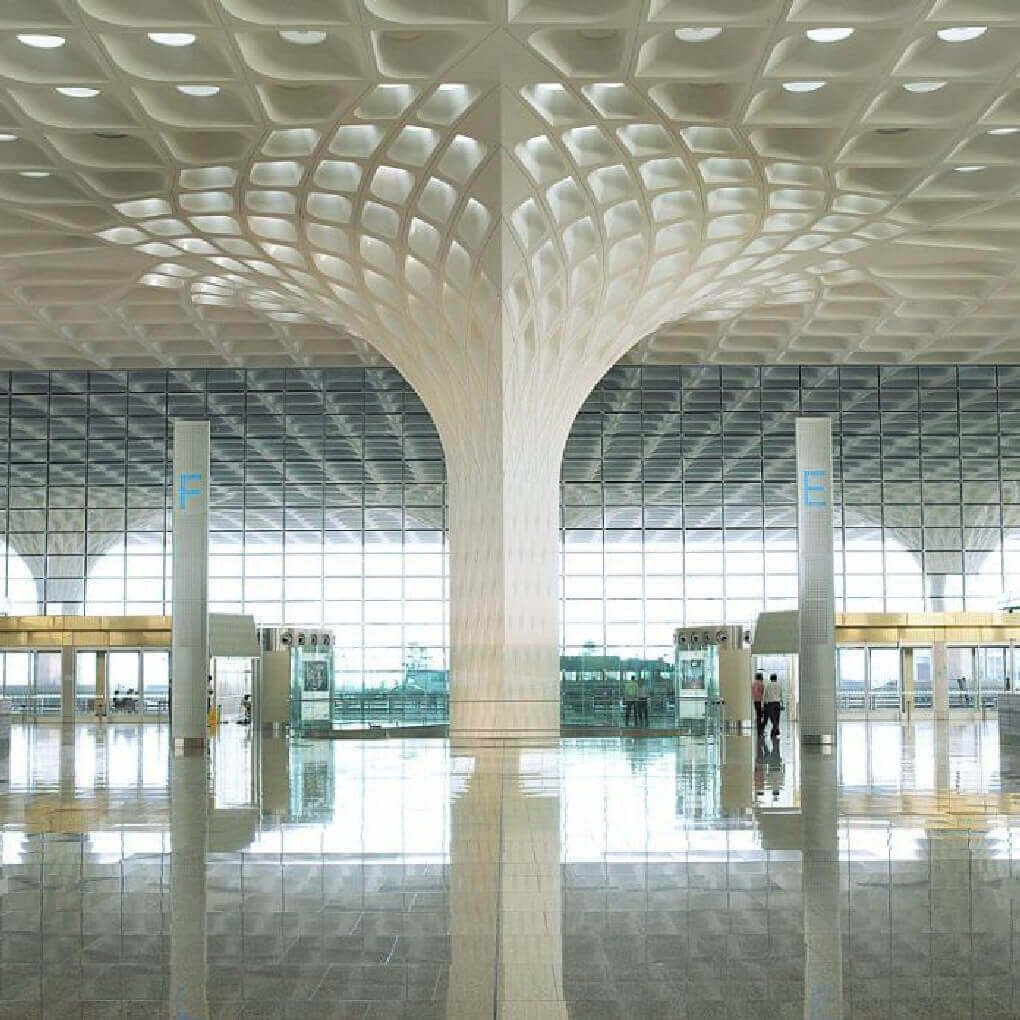
Parametric Design furniture
Michaela Crie Stone lives and works in Rockport, Maine, where she creates pieces that push the parameters of function by blurring the lines between art, craft, and design.

 Ten years ago, Mumbai’s Chhatrapati Shivaji International Airport welcomed six million passengers per year through its gates; today it serves nearly five times that number. With the city’s emergence as India’s financial capital and the country’s rapidly expanding and economically mobile middle class, the existing airport infrastructure proved unable to support the growing volume of domestic and global traffic, resulting in frequent delays. By orchestrating the complex web of passengers and planes into a design that feels intuitive and responds to the region’s rocketing growth, the new Terminal 2 asserts the airport’s place as a preeminent gateway to India.
Ten years ago, Mumbai’s Chhatrapati Shivaji International Airport welcomed six million passengers per year through its gates; today it serves nearly five times that number. With the city’s emergence as India’s financial capital and the country’s rapidly expanding and economically mobile middle class, the existing airport infrastructure proved unable to support the growing volume of domestic and global traffic, resulting in frequent delays. By orchestrating the complex web of passengers and planes into a design that feels intuitive and responds to the region’s rocketing growth, the new Terminal 2 asserts the airport’s place as a preeminent gateway to India.
 Chhatrapati Shivaji International Airport Terminal 2 adds 4.4 million square feet of new space to accommodate 40 million passengers per year, operating 24 hours a day. The terminal combines international and domestic passenger services under one roof, optimizing terminal operations and reducing passenger walking distances. Inspired by the form of traditional Indian pavilions, the new four-story terminal stacks a grand “headhouse,” or central processing podium, on top of highly adaptable and modular concourses below. Rather than compartmentalizing terminal functions, all concourses radiate outwards from a central processing core and are therefore easily reconfigured to “swing” between serving domestic flights or international flights.
Chhatrapati Shivaji International Airport Terminal 2 adds 4.4 million square feet of new space to accommodate 40 million passengers per year, operating 24 hours a day. The terminal combines international and domestic passenger services under one roof, optimizing terminal operations and reducing passenger walking distances. Inspired by the form of traditional Indian pavilions, the new four-story terminal stacks a grand “headhouse,” or central processing podium, on top of highly adaptable and modular concourses below. Rather than compartmentalizing terminal functions, all concourses radiate outwards from a central processing core and are therefore easily reconfigured to “swing” between serving domestic flights or international flights.
 But just as the terminal celebrates a new global, high-tech identity for Mumbai, the structure is imbued with responses to the local setting, history, and culture. Gracious curbside drop-off zones designed for large parties of accompanying well-wishers accommodate traditional Indian arrival and departure ceremonies. Regional patterns and textures are subtly integrated into the terminal’s architecture at all scales. From the articulated coffered treatment on the headhouse columns and roof surfaces to the intricate jali window screens that filter dappled light into the concourses, Terminal 2 demonstrates the potential for a modern airport to view tradition anew.
But just as the terminal celebrates a new global, high-tech identity for Mumbai, the structure is imbued with responses to the local setting, history, and culture. Gracious curbside drop-off zones designed for large parties of accompanying well-wishers accommodate traditional Indian arrival and departure ceremonies. Regional patterns and textures are subtly integrated into the terminal’s architecture at all scales. From the articulated coffered treatment on the headhouse columns and roof surfaces to the intricate jali window screens that filter dappled light into the concourses, Terminal 2 demonstrates the potential for a modern airport to view tradition anew.

Michaela Crie Stone lives and works in Rockport, Maine, where she creates pieces that push the parameters of function by blurring the lines between art, craft, and design.

in this video, you can look at different parametric towers with parametric designs.

Drone based technology is the solution to overcome the limitation of surface road capacity in cities.

Augmented reality (AR) is the integration of digital information with the user’s environment in real-time.
Parametric Ideas for Architects @2025